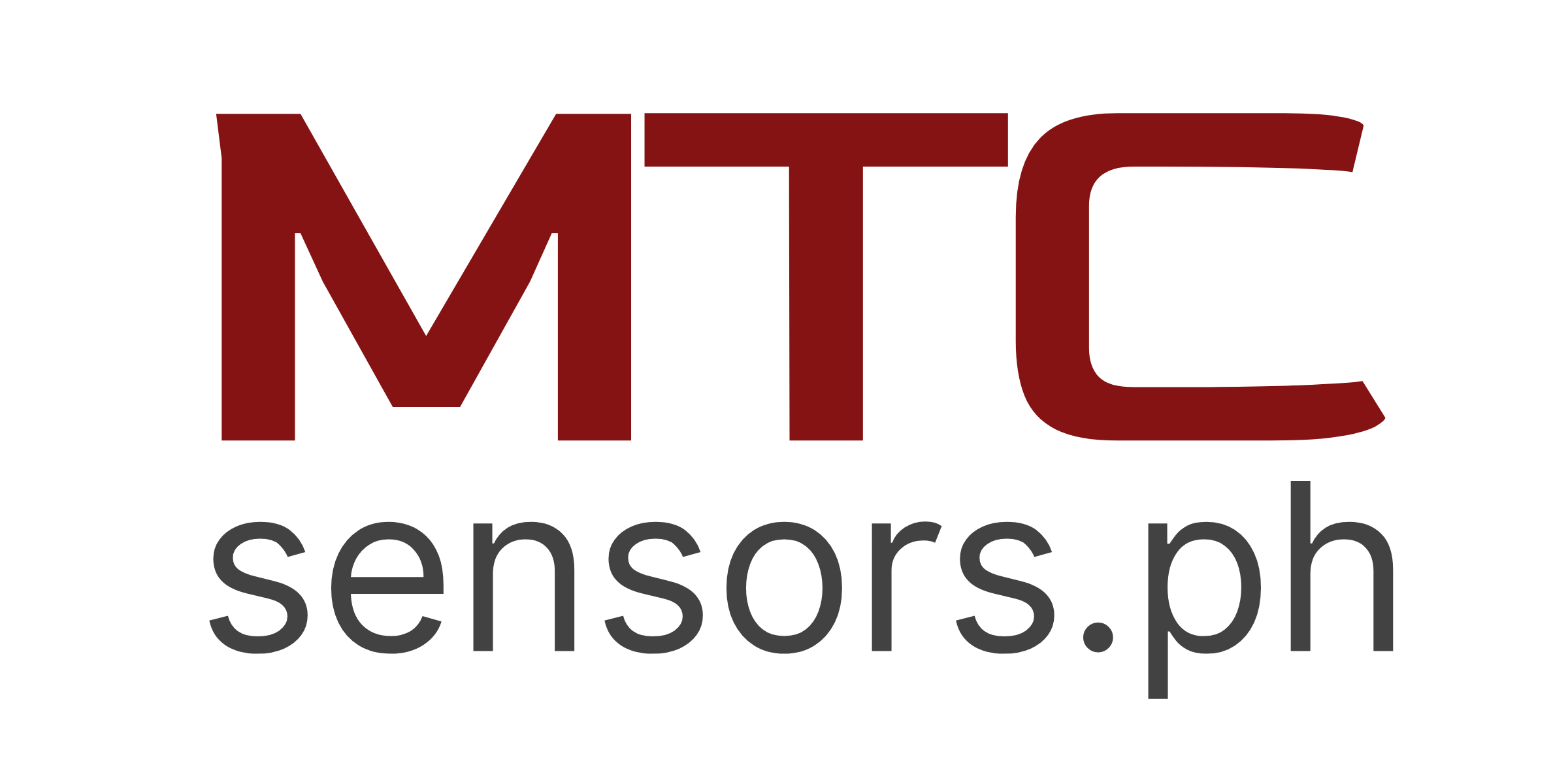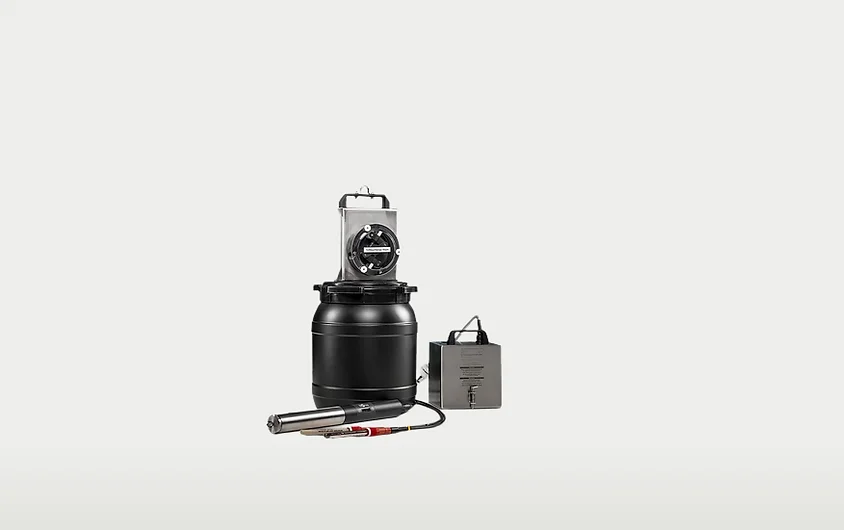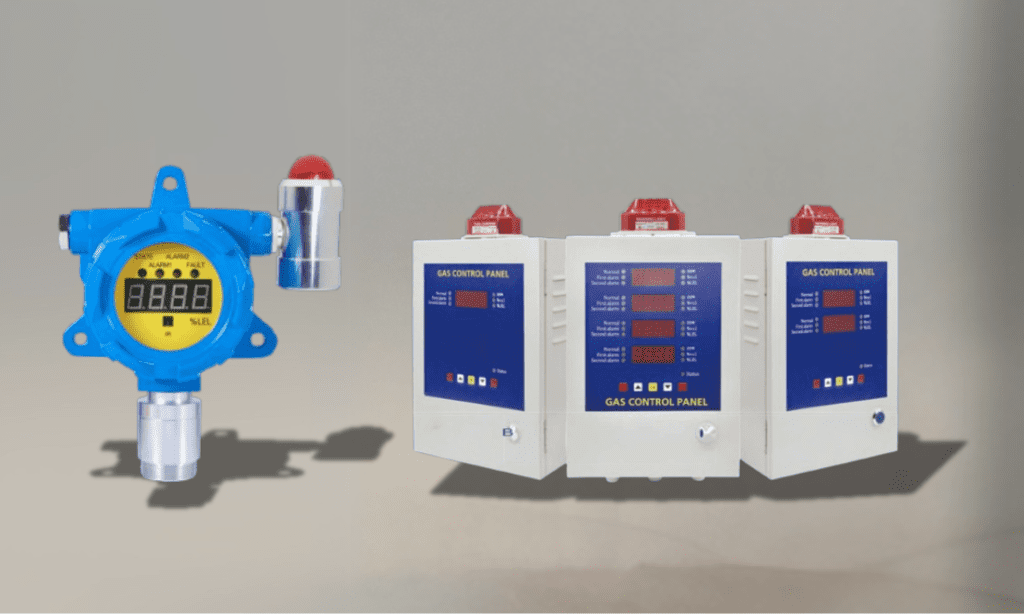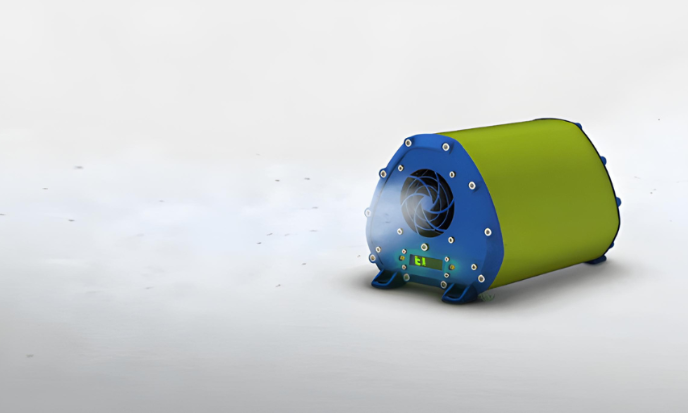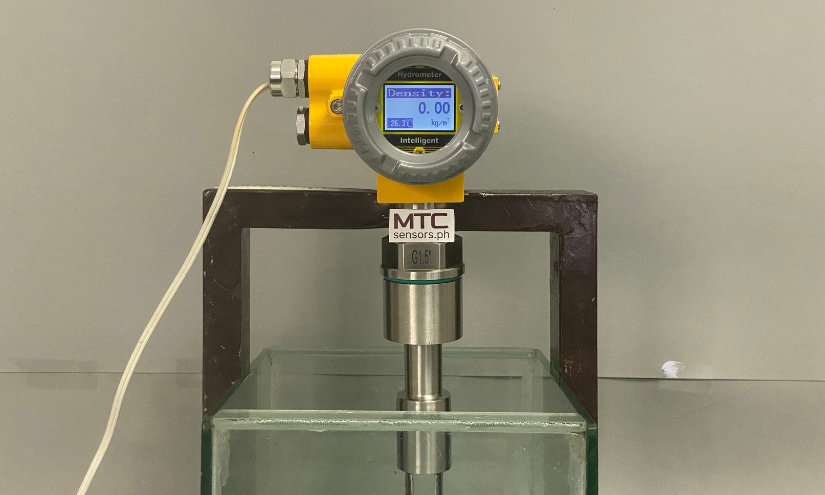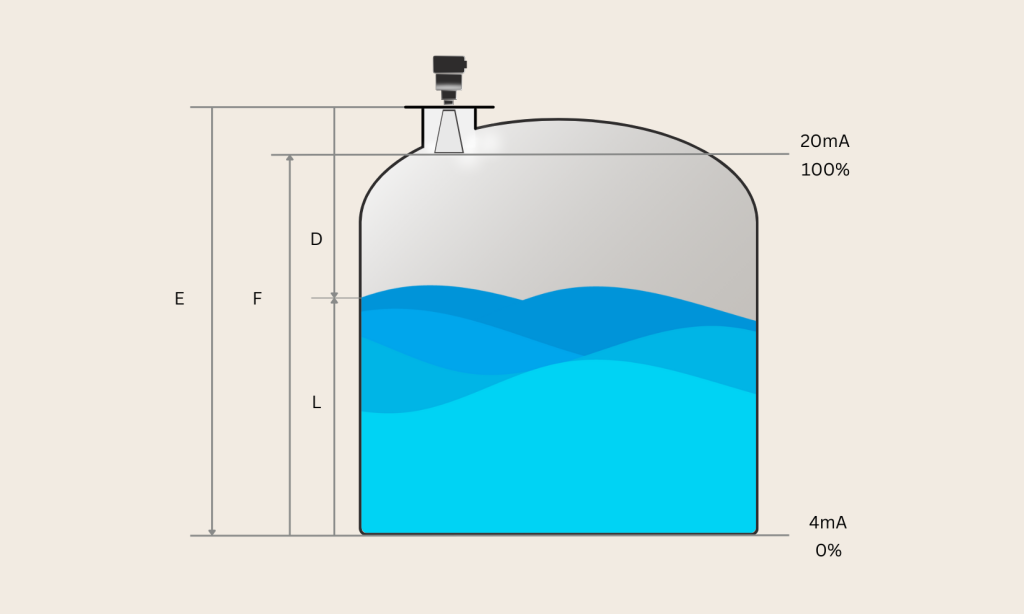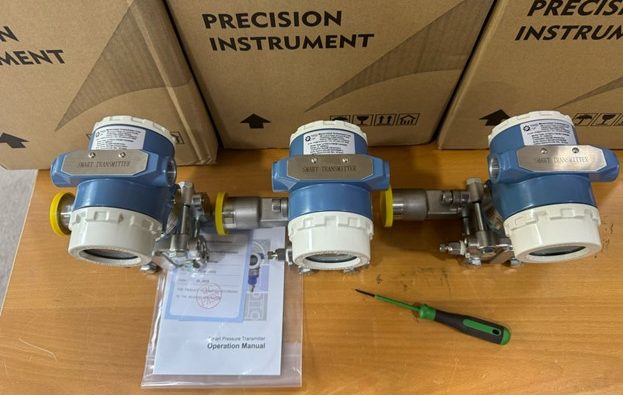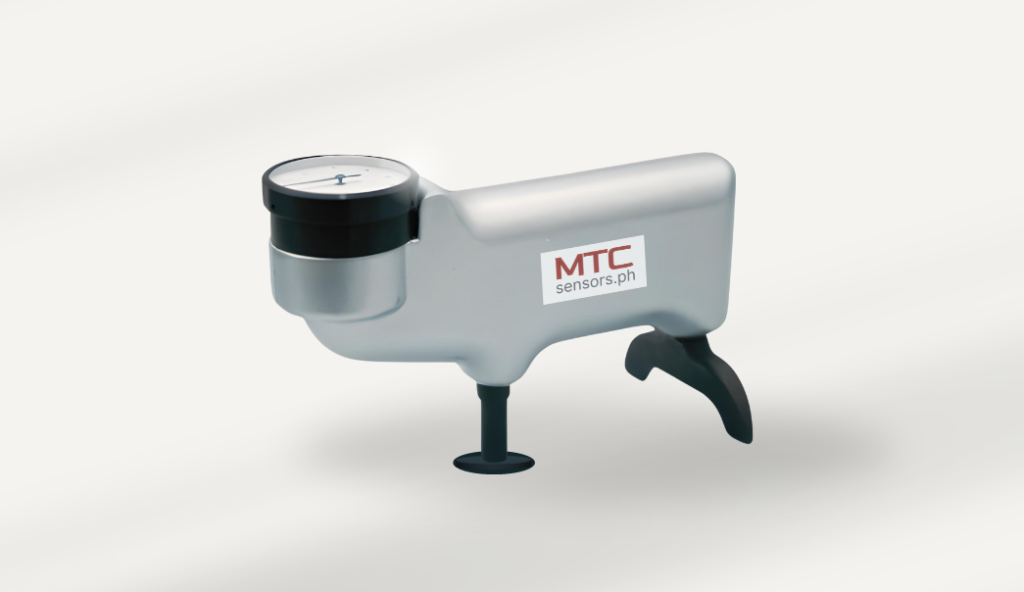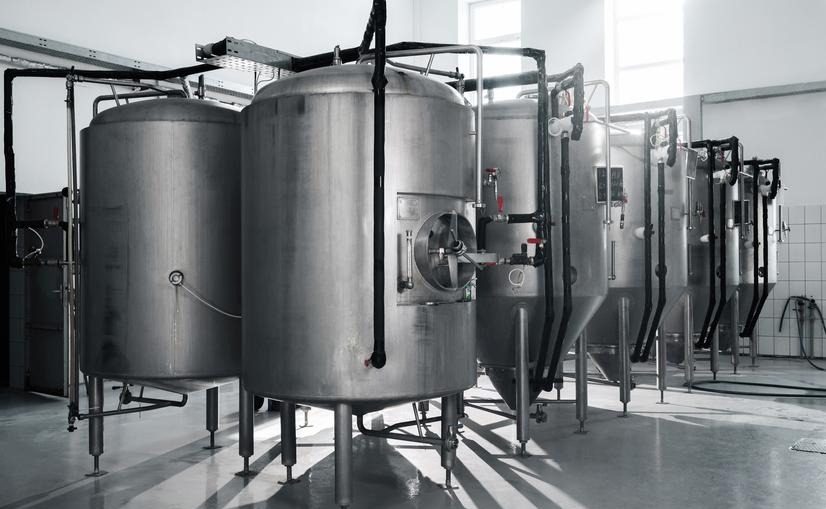About Our Sensors
Be informed with the most recent developments, articles and news about our company & products.
Filter by Category
Recent News & Events
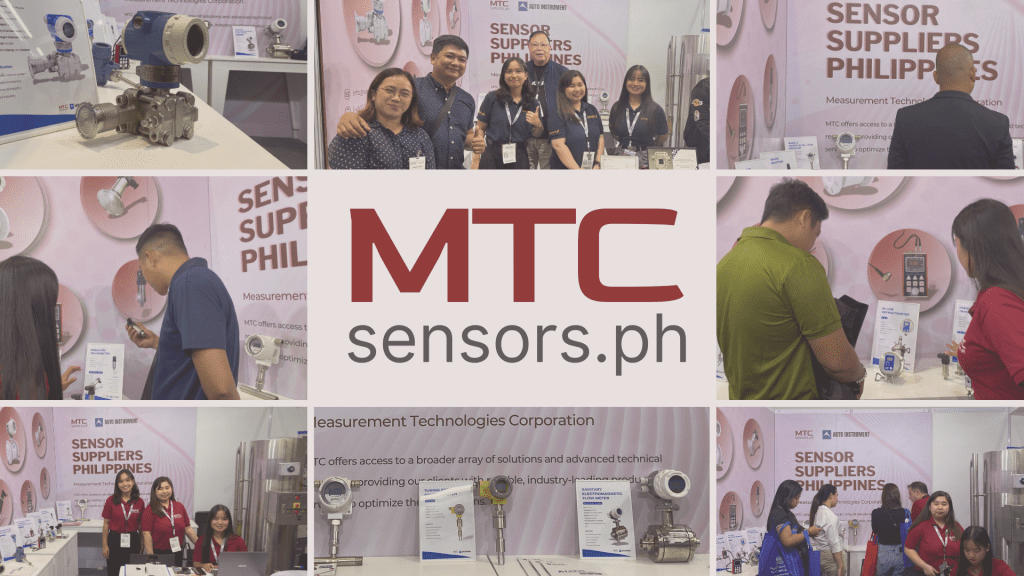
ProPak Philippines 2025
February 12-15, 2025
Measurement Technologies Corporation at ProPak Philippines 2025 – Metro Manila, Philippines
Compact Inline/Online Measurement of pH and ORP
pH/ORP Sensors and Meter Display
Economically designed and compact solutions to meter and display pH, ORP and even temperature in the Philippines.
These compact industrial ph/ORP meters can be either panel, wall or installed on a pipe stand.
Simplified menu programming and output options such as 4-20mA and Modbus with relay functions to stop and start process machinery.
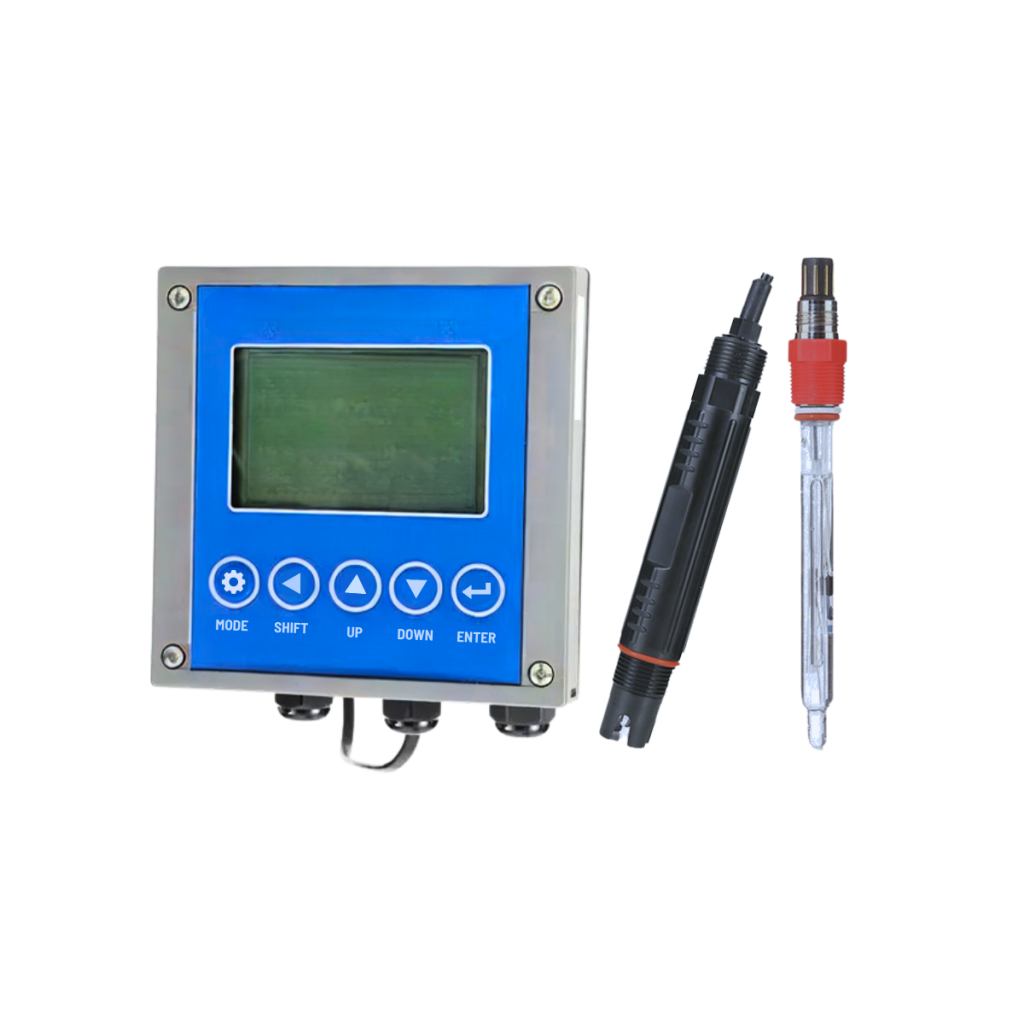
What is ORP?
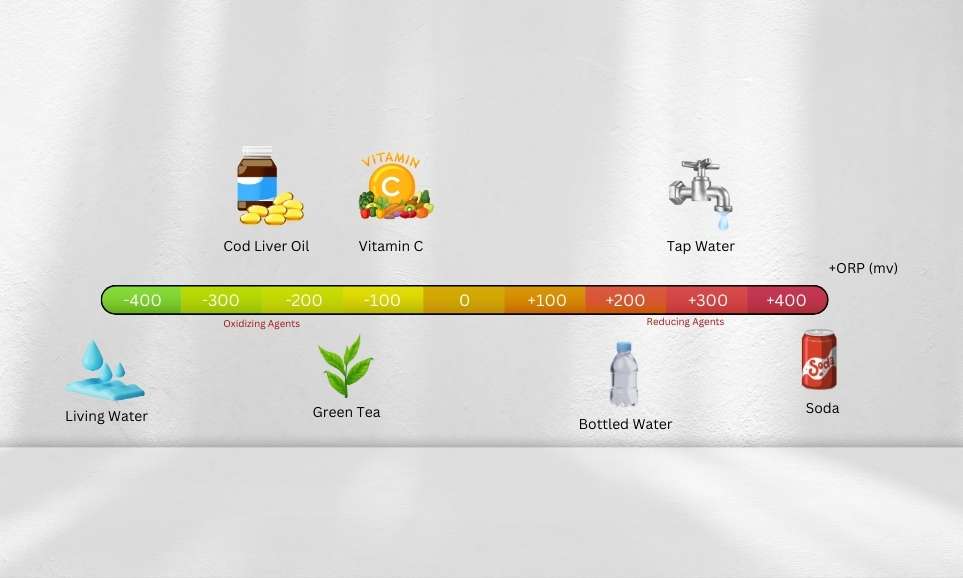
ORP stands for Oxidation-Reduction Potential. It is a measure of the ability of a solution to either gain or lose electrons during chemical reactions, indicating its oxidative or reductive strength.
ORP is typically measured in millivolts (mV), with positive values indicating an oxidizing environment and negative values indicating a reducing environment.
What is ORP Used For?
ORP is used to monitor and control various chemical processes in a wide range of applications, including:
- Water Treatment: To ensure the water is properly disinfected, particularly in swimming pools and drinking water systems.
- Aquaculture: To maintain the proper environment for fish and other aquatic organisms.
- Food and Beverage Processing: To control fermentation processes and ensure food safety.
- Wastewater Treatment: To monitor and adjust treatment processes, ensuring contaminants are removed efficiently.
- Aquariums: To maintain a healthy environment for marine life by monitoring water quality.
Is ORP the Same as pH?
No, ORP and pH are not the same, though they are related and often used together in water quality monitoring.
- pH measures the concentration of hydrogen ions (H⁺) in a solution, indicating whether a solution is acidic (low pH), neutral (pH 7), or alkaline (high pH).
- ORP measures the overall oxidative or reductive capacity of a solution, reflecting the solution’s ability to either accept or donate electrons.
While pH focuses on acidity or alkalinity, ORP provides insight into the chemical activity in the solution, especially the presence of oxidizing or reducing agents. Both parameters are essential in understanding and controlling chemical processes.
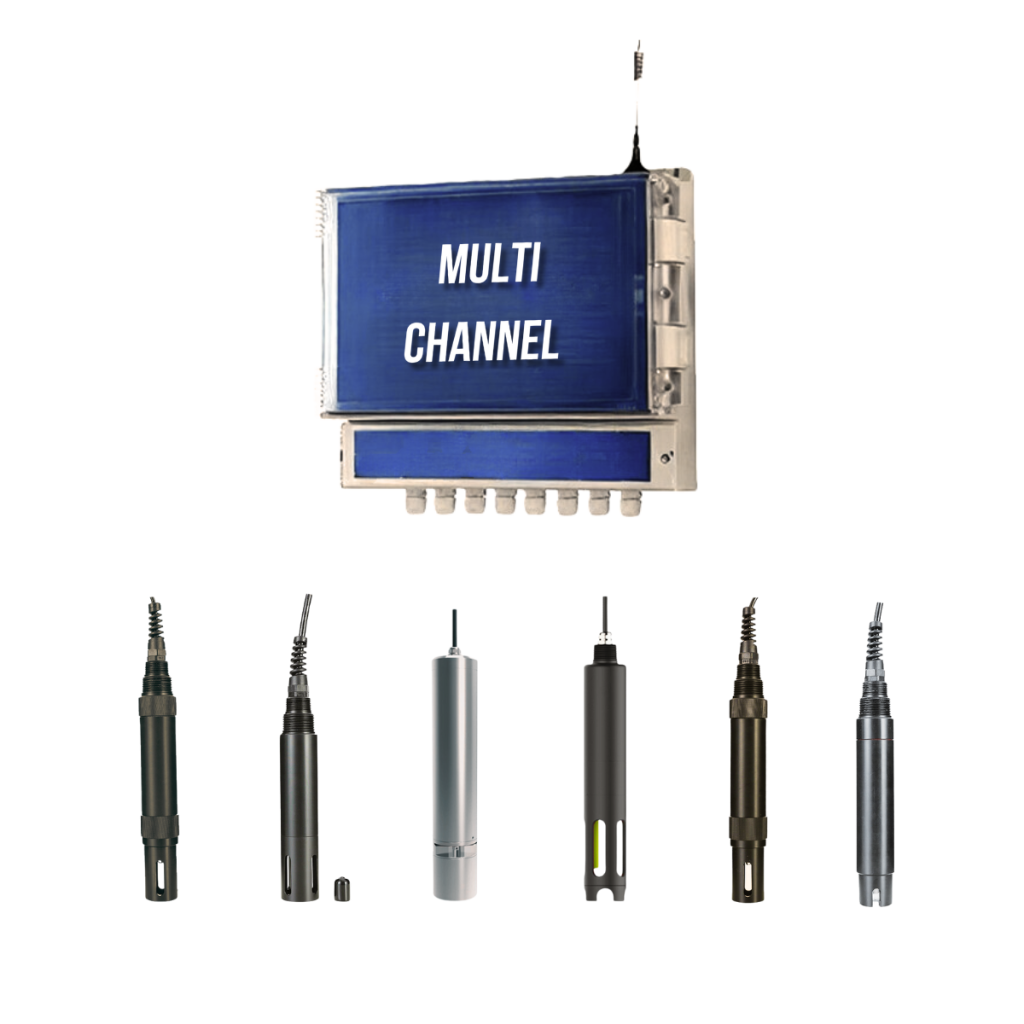
Multi-channel Sensors and more
Where more than 2 or three sensors are needed in the Philippines, a compact multi-channel approach might be the most convenient and economical method of acquiring the data you need for measurements of PH, Conductivity, Temperature, TDS, Dissolved oxygen, Turbidity, Suspended solids, COD, BOD, TOC, Ammonia, nitrogen and even color. If there is a sensor not on this list, we can probably supply it.
The water quality data from the sensors can be extracted from the water quality sensor using USB. Contact us for more information on additional wireless options.
Typical applications:
- Water quality measurement in agriculture
- Waste Water – Industrial discharges
- Waste Water Treatment facilities
- Drinking Water Quality
- Surface and Ground Water Monitoring
- Environmental Projects – Monitoring and investigation
- Specialized Water quality sampling systems – Portable and Fixed ATEX certified
More about Water Sampler Controllers
- Plug and play connection of up to 4 Mettler Toledo ISM sensors (such as pH, Redox, Te, conductivity, CO2…) in parallel.
- In addition, additional digital EOG sensors can be used for level and VOC measurements.
- 2x passive/active 4-20mA inputs
- RS 485 as master/slave function (e.g. for a Mettler Toledo load cell)
- Internal 4 GB memory card allows data logging over a long period of time.
- The integrated logger enables the evaluation of historical measurement and sampling data. With the optional LTE modem, these can also be transferred wirelessly via email, FTP and directly to the Ori Mcloud.
- With the optional sampling module, the transmitter can also be expanded to an automated sampler
- ATEX certified for Zones 1 and 2, sensors may even be operated in Zone 0
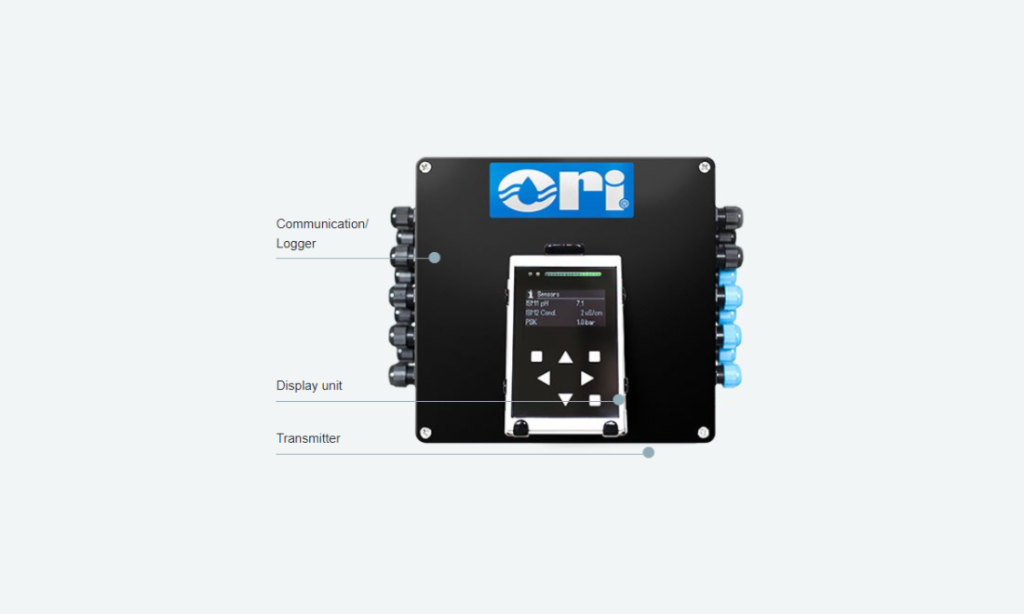
If you are looking for a pH meter supplier in the Philippines, let us know the requirements so that we can select a pH Meter to suit your price and technical requirments. Our specialty is inline instrumentation which is coupled with pH sensors and other sensors that will determine contaminant level detection which can be displayed locally but also transmitted to a remote location using traditional analog outputs or digital methods.
Other Related Topics
Important for a myriad of industries including storage facilities, refrigeration, and mining
Designed to accurately measure the moisture content in cement.
Important measurement parameter for all kinds of industries
Ability to measure tank levels non-intrusively in the Philippines.
Utilizing Pressure Sensors for Efficient Tank Monitoring
Measuring how far an indentor will penetrate into the material.
Continuously measure a liquid flowing through a pipe or inside a tank
Precise measurement of liquid levels in tanks across industrial and commercial settings
